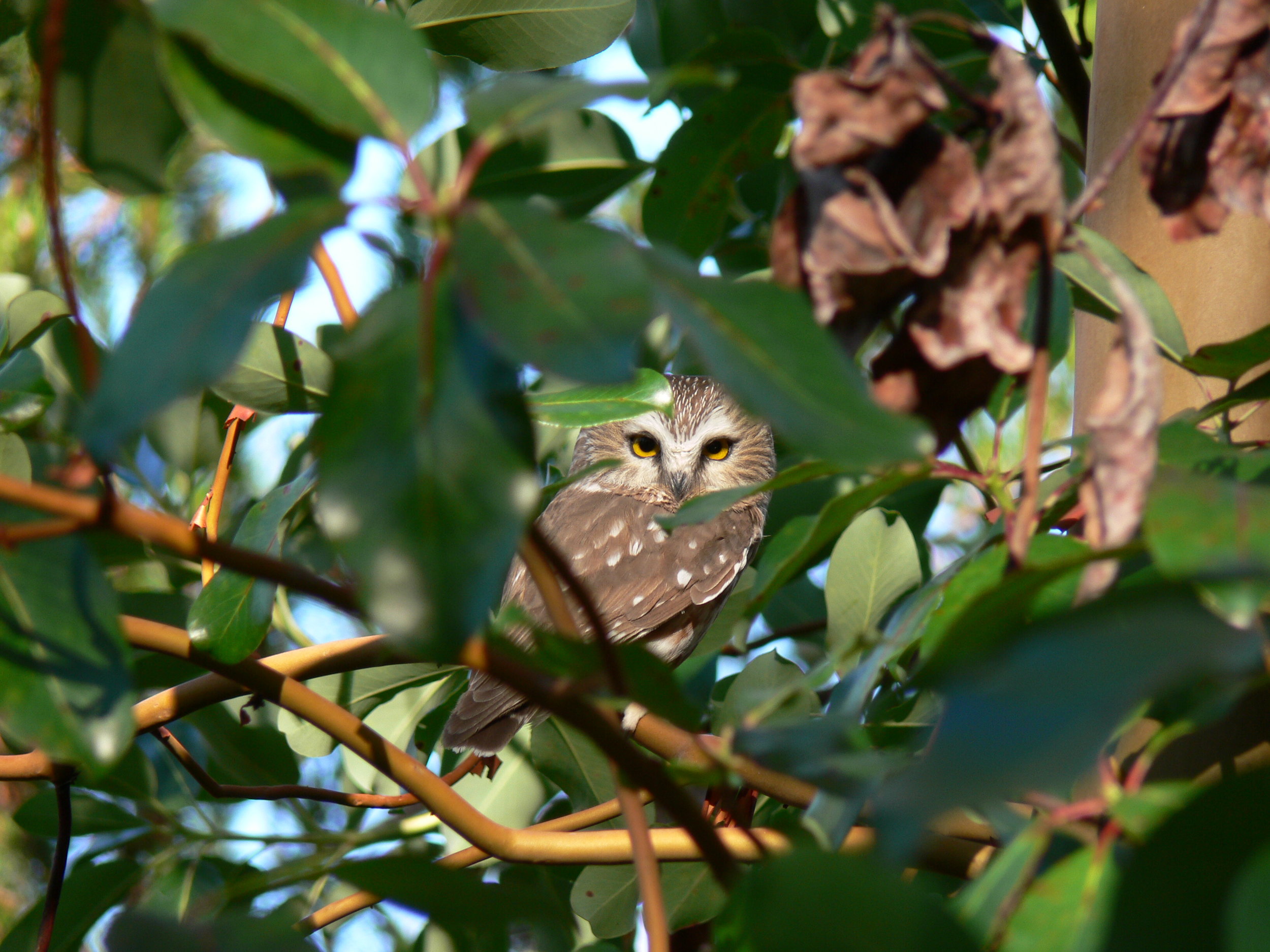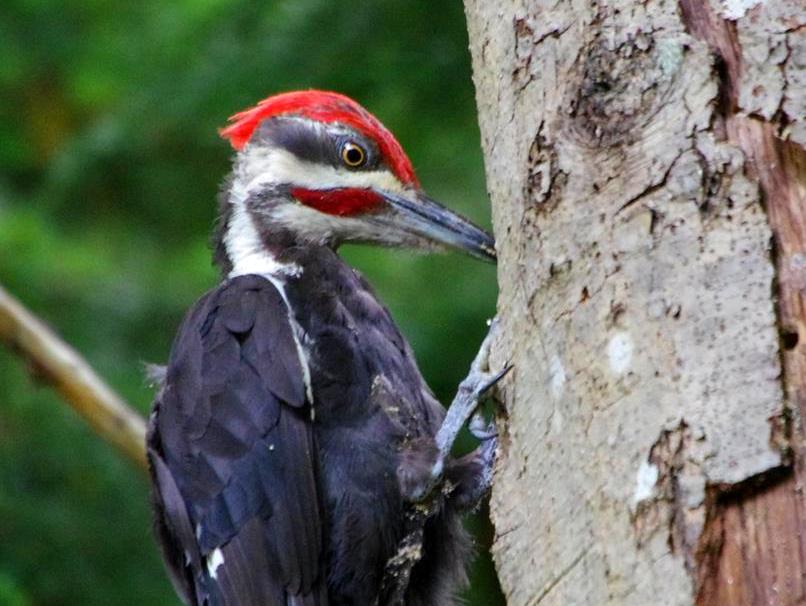Sora (Porzana carolina)
Soras are a small chicken-like bird that spends most of its time hiding amongst the reeds in marshes and wetlands. They are the most common and widespread species of rail in North America.
Photo by Gerald Romanchuk
Why they Matter to Us
Sora have been listed as a Sensitive Species in Alberta since 2005 due to habitat loss. A Sensitive Species is one that is not currently at risk of being extinct or extirpated, but may require special protection to prevent it from becoming more at risk.
How You Can Help
Habitat loss is currently the biggest threat to sora. Use your voice to advocate for the protection of wetlands which are at-risk habitats where sora are found.
Support protected areas in the Edmonton region (such as EALT!) You can donate or volunteer your time to help with conservation efforts.
How to Identify
Photo by Gerald Romanchuk
Fairly small stubby bird with a bright yellow bill
Grey neck and sides
Black mask
Brown back with dark mottling
Yellowish-green legs.
Photo by Doug Greenberg on Flickr
Where to Find
Wetlands and marshes across North America, widespread
They are migratory, spending their breeding season in northern USA and Canada before migrating back to winter in southern USA, Mexico, and Central and South America.
Life Cycle
Soras make a nest out of marshy vegetation in cattails or sedges, and then lay 8-12 eggs on average.
Food Chain
They commonly eat small insects and invertebrates, and the seeds from aquatic plants.
They are preyed upon by predators like peregrine falcons, coyotes, great horned owls, and northern harriers. Herons, crows, coyotes, and skunks are known to eat sora eggs.
Fun Facts
More often heard than seen, their call is a maniacal descending scream, something of a mix between a whinny and a laugh. It can be quite a baffling sound to hear at a wetland if you don’t know what it is! Listen to their calls here.













































